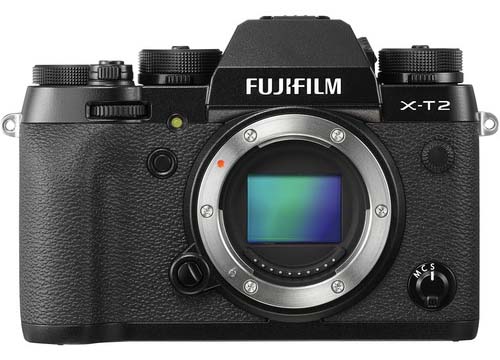
In an interview not long ago Fujifilm proclaimed “XF mount is not compatible with IBIS” because it would affect image quality due to the X-mount being too small for the sensor to move within, which is why I have largely ignored the rumors about the Fujifilm X-T2S/X-T3. If Fujifilm decided to produce this camera, it would almost certainly require some digital vignetting correction at the very least.
Sensors today could easily compensate for light vignetting with an embedded lens profile, but when pushing an image more than a few stops there would be some additional uneven noise in the image. This might not be an issue for many, but it would represent reduced image quality. This system would also have problems with glass that is not well corrected optically and could have issues with adapted glass regardless of image circle since the possibly uneven vignette would have to be corrected in post.
Fujifilm could also do IBIS in video mode using a 4k portion of the sensor, which would avoid the edges of the mount and vignetting. They could accomplish it using just the sensor and create a more video centric XT-2 with vlog internally. Sony’s original IBIS was very limited and has grown in capabilities over the years, so Fujifilm might restrict their system in the beginning so that it doesn’t impact image quality at all, which wouldn’t be surprising. IBIS is much more useful in video than when taking a still image because there are many ways to compensate for low shutter speeds handheld.
Less likely, but smarter in the long run, would be using a high megapixel aspect ratioless sensor that is square and limited to 24MP or even to change the aspect ratio of the X-T2 so that it matches the GFX. The X-T2’s 3:2 aspect ratio is just a little wider than the GFX’s 4:3 aspect ratio and, if they were made to match each other, then that would give the sensor room to move around within the Fujifilm X-T2S/X-T3 body with all of the current lenses. You would still have uneven vignetting on lenses that vignette, but it wouldn’t be nearly as extreme.
4:3 is a great aspect ratio for larger format sensors because it allows the use of glass designed for smaller sensors more easily, but the same property that allows for that additional adaptability would also allow a traditionally more rectangular sensor some additional wiggle room inside the mount. Full frame and APS-C lenses are designed to have a pretty large image circle, but rectangular formats touch the edge of the circle, while square ones sit right in the middle. I highly doubt this will be Fujifilm’s solution if we see an IBIS camera from them soon, but this would be the best way to implement IBIS in the future, plus many seem to prefer 4:3 over 3:2.
Of course, all of this IBIS talk could be about nothing… but there are a few ways it could be implemented if Fujifilm decided to give up a little image quality. If you can think of more ways to accomplish IBIS inside a small mount, feel free to share them. I’m indifferent about the technology and the only reason I’ll upgrade from the X-T2 is for the site, but I would rather see Fujifilm add a Sony a9 buffer depth to future X-T cameras in addition to internal vlog. The Fujifilm X-T2 is a very capable camera and I doubt anyone isn’t buying one simply because it doesn’t have IBIS. Especially when Fujinon lenses have excellent stabilization.
Join our Fujifilm XT Owners Group which is growing rapidly, also follow Fujiaddict on Facebook and Twitter.
Fujifilm X-T2: B&H Photo / Amazon / Adorama
FUJIFILM X-T2 Graphite Edition B&H Photo / Adorama / Amazon
